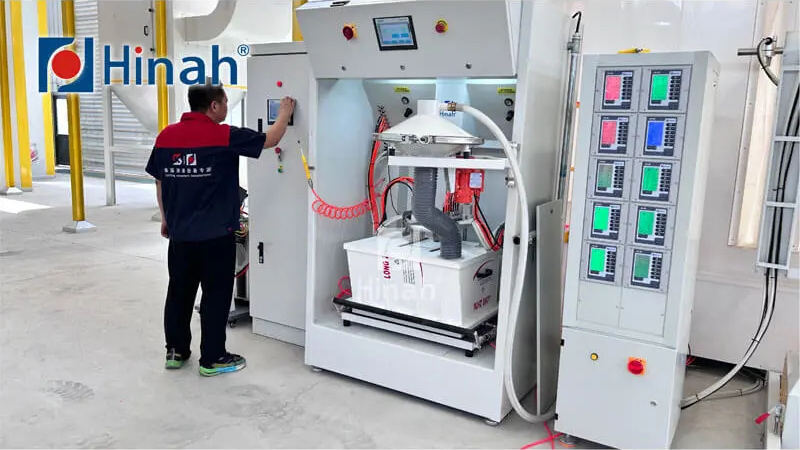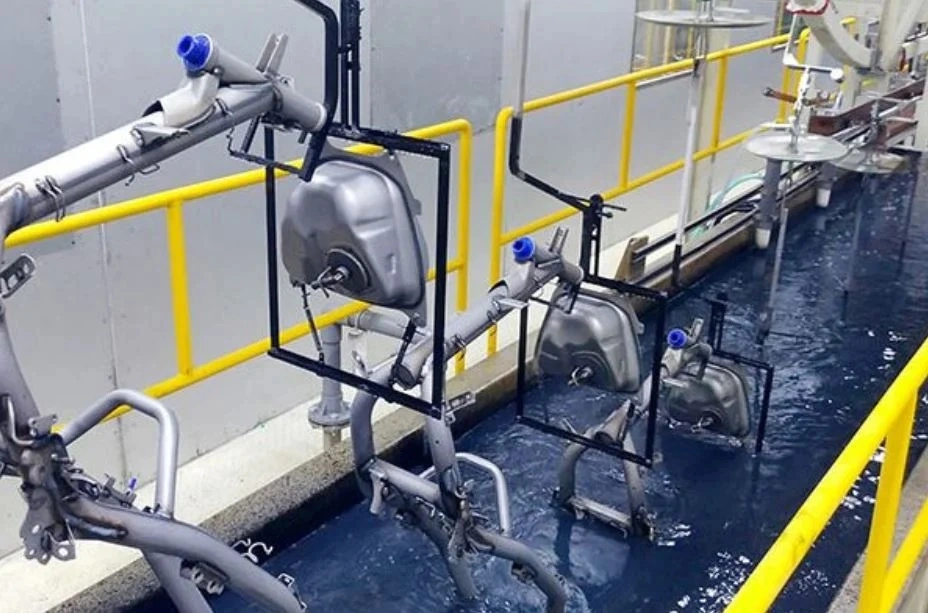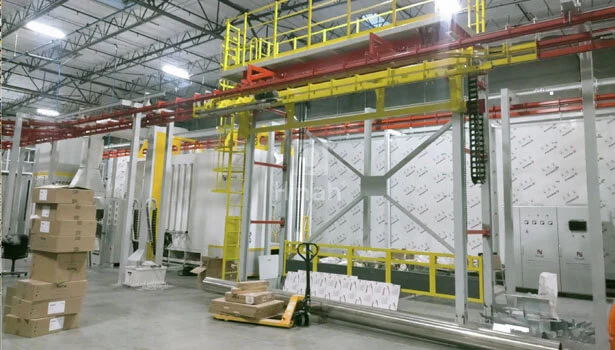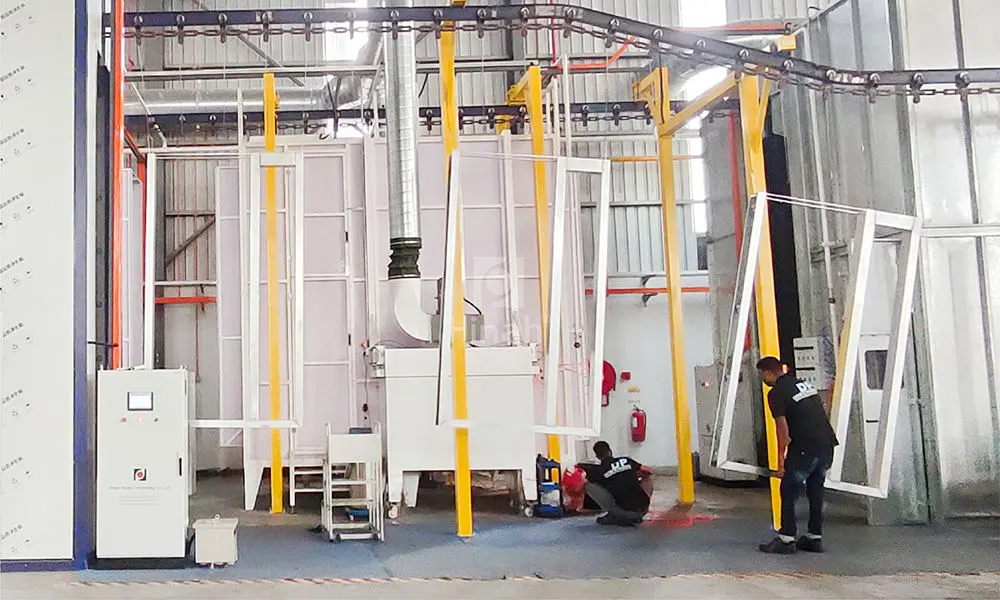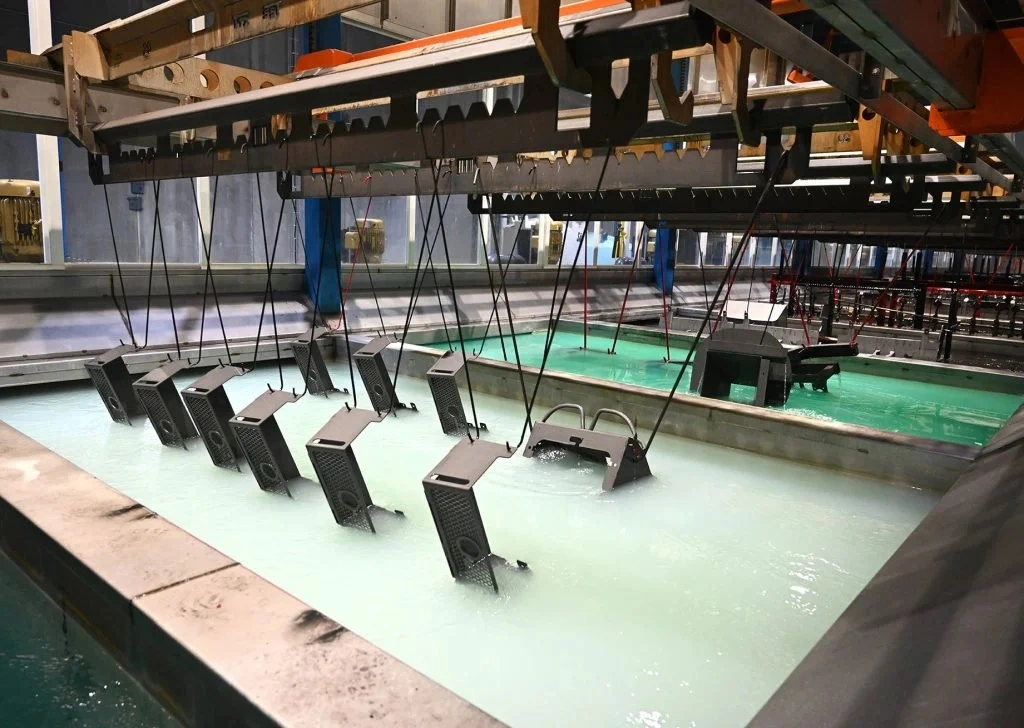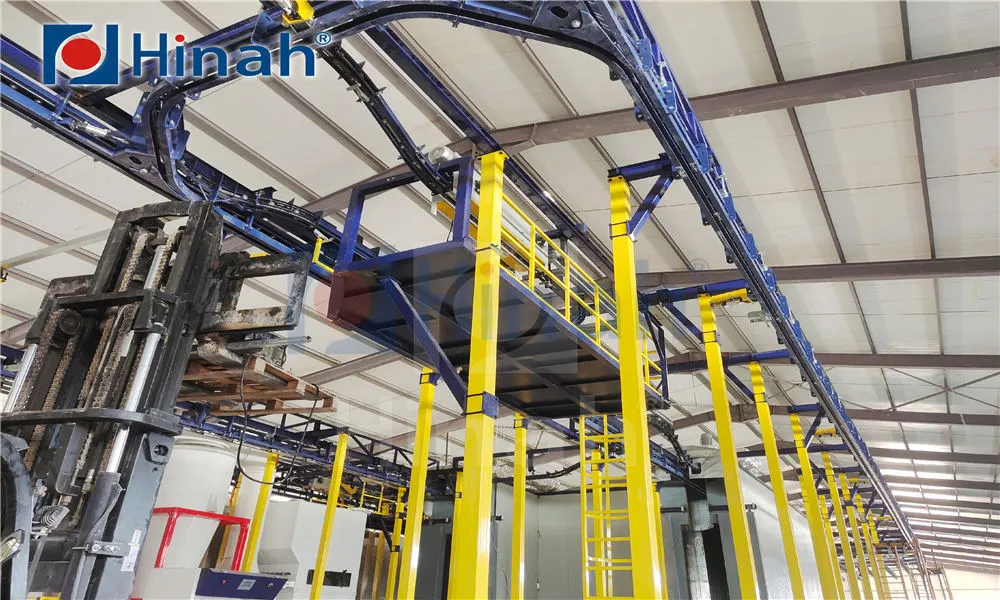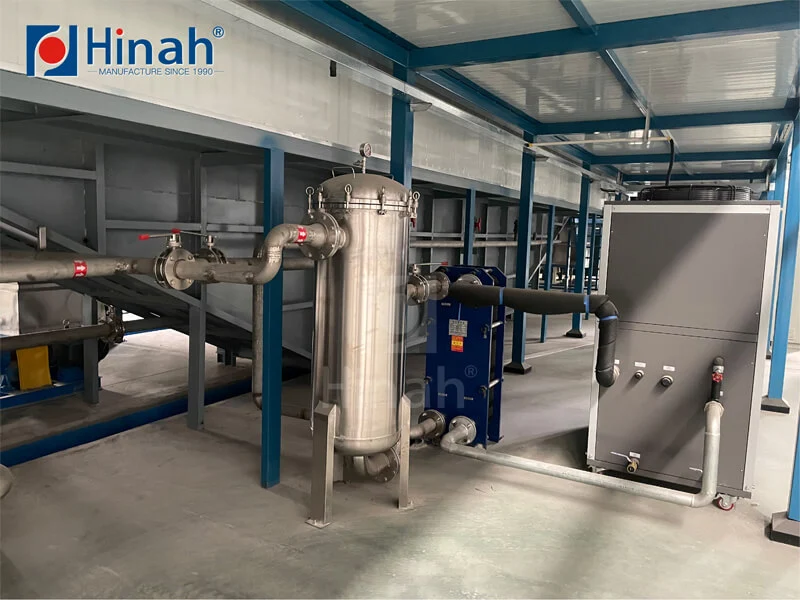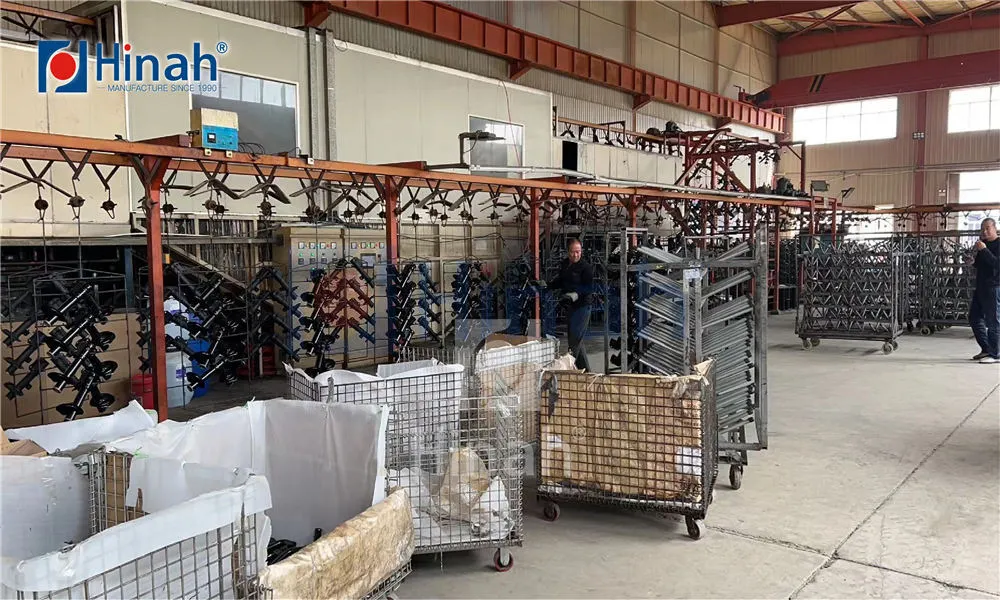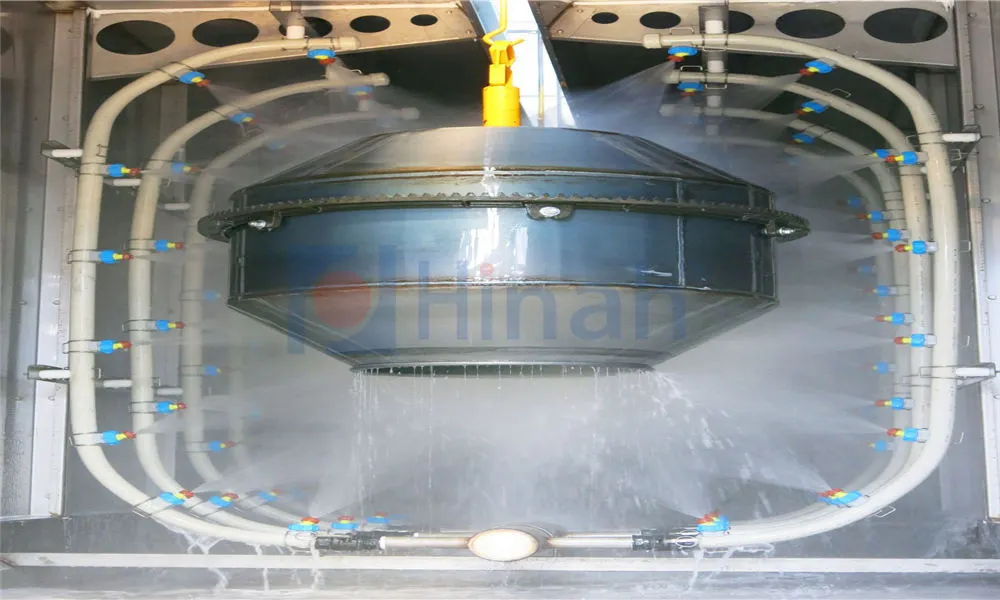Powder coating rooms are the heart of the modern industrial finishing process. This efficient, durable, and environmentally friendly finishing method has become the standard across countless industries, from automotive and aerospace to furniture and consumer goods. At its core, a powder coating room is a controlled environment designed for the precise application of electrostatically charged powder to a substrate, which is then cured under heat to form a hard, protective layer. The efficiency and quality of the entire operation hinge on the design and components within this room. Central to this are two critical pieces of equipment: the Powder Spray Booth and the increasingly popular Automated Powder Spray Cell. This article delves into the intricacies of these systems, explores their benefits, and outlines the most common challenges operators face, providing a comprehensive overview for anyone involved in industrial finishing.
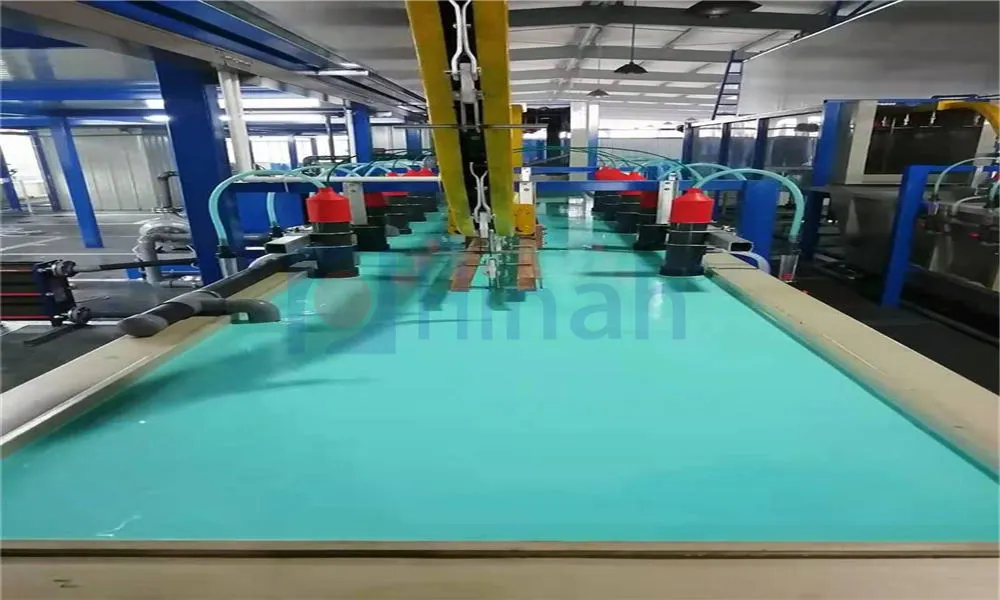
What is a Powder Coating Room?
A powder coating room is far more than just a space where powder is applied. It is a meticulously engineered environment that controls airflow, contains overspray, ensures operator safety, and maintains consistent quality. The primary goal is to create a clean, safe, and efficient area for the powder application process. Key functions include:
Containment: Preventing powder from escaping into other areas of the facility.
Ventilation: Managing airflow to ensure overspray is effectively pulled away from the operator and the part and into the recovery system.
Safety: Mitigating risks associated with airborne particulates and potential fire hazards.
Efficiency: Facilitating a smooth workflow from part preparation to application and curing.
The two most significant investments within this room are the powder spray booth and the choice between manual and automated application systems.
The Core Component: Understanding the Powder Spray Booth
The Powder Spray Booth is the physical structure where the actual application of powder takes place. It is the first line of defense in containing the process. Modern booths are typically constructed from durable, easy-to-clean materials like stainless steel or powder-coated carbon steel and feature modular designs for flexibility.
Key Features of a Modern Powder Spray Booth:
Airflow Management: The booth uses a controlled downdraft or crossdraft airflow pattern. In a downdraft configuration, air is pulled from ceiling vents down through the booth floor, carrying overspray with it. This is often preferred for large or complex parts as it minimizes powder "clouding" around the part. Crossdraft booths pull air from the front to the back, which can be a more economical solution for smaller, simpler parts.
Overspray Recovery System: This is integral to the booth. The airflow carries unused powder (overspray) to a collection system—either a cyclone or a cartridge filter recovery system. This not only keeps the environment clean but allows for the recycling of powder, significantly increasing transfer efficiency and reducing material costs.
Lighting: Bright, well-positioned LED lighting is crucial for operators to see the application process clearly, ensuring even coverage and identifying any potential defects immediately.
Explosion Relief Panels: As powder is a finely ground particulate suspended in air, it can pose a combustion risk. Booths are equipped with explosion relief vents or panels to safely redirect pressure in the unlikely event of an ignition, protecting both operators and equipment.
The Rise of Automation: Automated Powder Spray Cell
While manual application is perfect for custom work, low volume, or complex geometries, high-volume production demands consistency, speed, and unmatched efficiency. This is where the Automated Powder Spray Cell comes into play.
An Automated Powder Spray Cell is a fully integrated system that typically includes an enclosed Powder Spray Booth, robotic arms equipped with powder applicators, part handling systems (like rotating turntables or conveyorized ovens), and a sophisticated control computer. The robot is programmed with the exact path and parameters needed to coat a specific part perfectly.
Advantages of an Automated Powder Spray Cell:
Unmatched Consistency and Quality: Robots eliminate human error and variability. They apply the same pattern, speed, and film thickness every single time, drastically reducing reject rates and ensuring a flawless finish.
Dramatically Increased Productivity: Automated systems can operate continuously and at high speeds, significantly increasing throughput and output compared to manual operations.
Material Savings: Automation software can be finely tuned to apply the absolute minimum amount of powder required for perfect coverage, maximizing transfer efficiency. This reduction in waste leads to substantial cost savings on powder consumption.
Enhanced Safety: By automating the process, operators are removed from direct exposure to the powder application environment, reducing inhalation risks and potential safety hazards.
Labor Optimization: Skilled operators are moved from the physically demanding task of spraying to more valuable roles such as programming, monitoring, maintenance, and quality control.
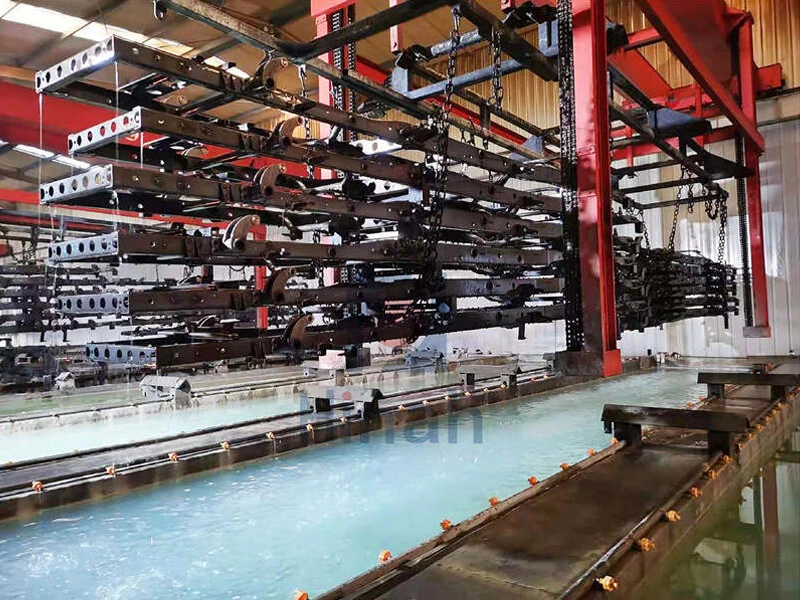
Common Problems in Powder Coating Rooms and How to Solve Them
Even the best-designed powder coating rooms can encounter issues. Understanding these common problems is key to maintaining high quality and efficiency.
1. Poor Film Thickness and Uniformity
Problem: Inconsistent coating, leading to areas that are too thin (offering poor protection) or too thick (leading to orange peel effect or poor adhesion).
Causes: Incorrect gun settings (KV, air pressure), inconsistent gun-to-part distance, uneven manual spraying technique, or clogged pre-treatment chemicals affecting adhesion.
Solution: For manual booths, ensure operator training is thorough. Regularly calibrate application equipment. In an Automated Powder Spray Cell, review and optimize the robot's path program. Implement rigorous pre-treatment checks.
2. Powder Overspray and Contamination
Problem: Poor finish quality due to dirt, oil, or foreign powder particles embedded in the coating. A dirty Powder Spray Booth is often the culprit.
Causes: Inadequate booth maintenance, poor filtration in the recovery system, contaminated powder from a previous color change, or a dirty environment outside the booth.
Solution: Enforce a strict and frequent booth cleaning schedule. Ensure the recovery system's filters are changed or cleaned as recommended by the manufacturer. Implement thorough purge procedures during color changes.
3. Inefficient Powder Recovery
Problem: High powder waste, frequent filter clogging, and reduced efficiency of the overall system.
Causes: Worn-out or damaged cartridge filters in the Powder Spray Booth, improper air-to-cloth ratio in the recovery unit, or a malfunctioning pump in a cyclone system.
Solution: Perform regular preventive maintenance on the recovery system. Check filters for damage and ensure they are seated correctly. Monitor system pressures and flow rates to catch issues early.
4. Color Changeover Time
Problem: Extended downtime when switching between powder colors, killing productivity, especially in job-shop environments.
Causes: Manual cleaning processes for the Powder Spray Booth, spray guns, feed hoses, and hoppers are inherently time-consuming.
Solution: Invest in quick-color-change (QCC) systems. These use specialized components and pressurized purge systems to clean application equipment in minutes rather than hours. For extreme efficiency, some facilities dedicate an Automated Powder Spray Cell to specific colors.
5. Faraday Cage Effect
Problem: Difficulty getting powder to adhere to recessed areas, corners, or inside channels of a part, resulting in thin coverage.
Causes: The electrostatic charge is attracted to the outer edges of the part, creating a "cage" that prevents the powder from reaching interior surfaces.
Solution: Adjust application techniques. Reduce voltage and air pressure to lessen the electrostatic effect. Use a manual touch-up gun for problem areas after automation. Advanced Automated Powder Spray Cell systems can be programmed with specific gun angles and settings to penetrate these challenging areas.
6. Back Ionization
Problem: A rough, textured, or "orange peel" finish that appears after curing, often with poor adhesion.
Causes: Applying too much powder too quickly, causing an excessive build-up of charged particles on the surface. This build-up eventually rejects the charge from the gun, repelling further powder and disrupting the film.
Solution: Train operators to apply multiple thin coats rather than one heavy coat. In automated settings, reprogram the robot's path to ensure a more even and controlled application.
A well-designed and properly maintained powder coating room is a tremendous asset, capable of producing high-quality, durable finishes efficiently and profitably. The Powder Spray Booth forms the essential foundation, providing containment and recovery, while the Automated Powder Spray Cell represents the pinnacle of productivity and consistency for high-volume applications. By understanding the common problems that can arise—from film thickness issues and contamination to the challenges of the Faraday cage effect—operators and managers can implement proactive solutions and maintenance schedules. Whether manual or automated, the key to success lies in respecting the process, investing in the right equipment, and committing to continuous training and improvement. This holistic approach ensures your powder coating operation remains competitive, high-quality, and efficient for years to come.


